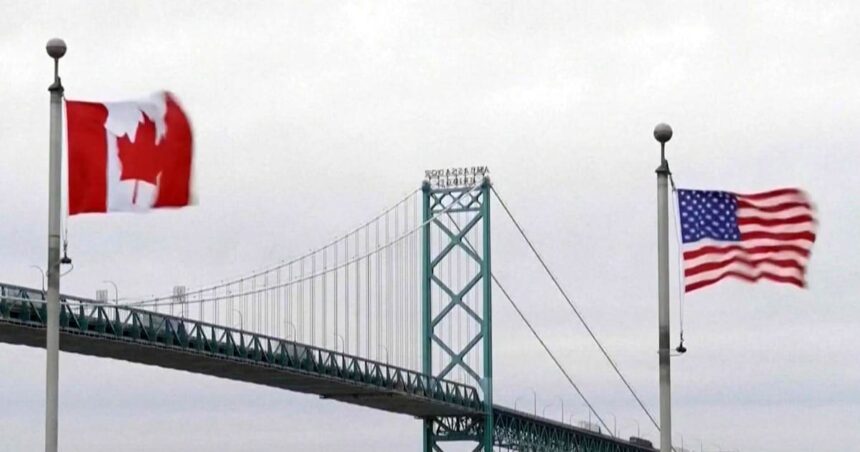The bustling border towns of Canada fell eerily quiet this weekend as American shoppers, once eager to snatch up Canadian goods, suddenly found themselves facing unexpected costs at customs. The U.S. government’s abrupt termination of the long-standing duty-free exemption for American citizens returning from Canada has sent shockwaves through small business communities that have historically relied on cross-border commerce.
“We’ve lost 40 percent of our customer base overnight,” says Marta Ramirez, owner of Northwood Maple Products in Niagara Falls, Ontario. “Americans would drive up for the day, buy our specialty syrups and candies, and head home without paying duties. Now they’re calling to cancel orders because the additional costs make it prohibitive.”
The exemption, which had allowed American visitors to return with up to $800 in Canadian goods duty-free after 48 hours abroad, was eliminated through an executive order signed last week. The change came with minimal warning, catching both Canadian business owners and American consumers off guard.
Economic analysts from the Royal Bank of Canada estimate the policy shift could cost border communities upwards of $1.2 billion annually in lost revenue. Particularly vulnerable are specialty food producers, craft artisans, and tourism-dependent businesses that have cultivated loyal American clientele over decades.
In Windsor, Ontario, directly across from Detroit, Michigan, the impact was immediate. “Saturday is typically our busiest day with American visitors, but today I could count them on one hand,” notes James Chen, who operates a family-owned specialty cheese shop. “They’re texting me saying they want to come, but the math no longer works in their favor.”
The Canadian government has responded by establishing an emergency task force to address the economic fallout. Minister of Small Business Elizabeth Santos announced yesterday, “We’re exploring all diplomatic channels to negotiate an exemption reversal while simultaneously developing targeted support programs for affected businesses.”
Tourism industry representatives are particularly concerned about timing. “This comes as we’re entering our peak fall season when Americans traditionally flood across the border for harvest festivals and foliage tours,” explains Tourism Industry Association of Canada spokesperson Robert Lafleur. “The collateral damage extends beyond retail to accommodations, restaurants, and attractions.”
Small businesses are scrambling to adapt their models. Some are establishing American distribution centers to bypass the new restrictions, while others are enhancing their e-commerce capabilities, though shipping costs and customs paperwork remain significant hurdles.
The economic interdependence between Canadian and American border communities has evolved over generations, creating unique business ecosystems that rely on the free flow of people and goods. Economists note that these relationships have historically survived political tensions but warn that extended disruption could permanently alter border economies.
“What’s particularly concerning is the precedent this sets,” notes University of Toronto economics professor Dr. Sarah McKinnon. “The arbitrary nature of the change undermines business confidence and investment in border regions already struggling with post-pandemic recovery.”
As diplomatic efforts continue behind the scenes, Canadian businesses are left wondering whether this represents a temporary setback or a fundamental shift in cross-border commerce. With holiday shopping season approaching rapidly, the question remains: will American consumers find ways to maintain their Canadian shopping traditions, or will this policy change permanently redraw the economic map of our shared border regions?










